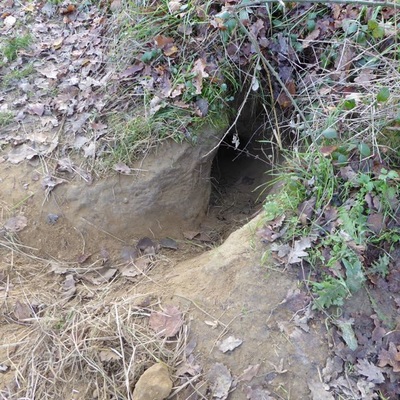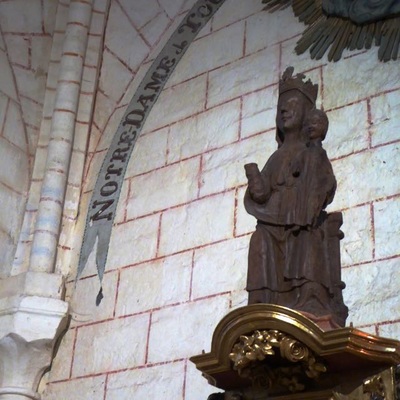|
Pain is pretty much why everything.
Why skirt the edges of life? Why eat the extra taco? Why lash out at your nightmare? Why kick the cat? Pain. One of the things that makes being a Buddhist a little bit tough is the bad reputation we have, on the pain front. How many times have I heard some solemn fucker declare that Buddhism teaches Life is Suffering? So many times that there’s a pain in my left shoulder specifically dedicated to the repercussions of that simultaneously glib and dour statement. Some Buddhists do have superpowers – the ability to clean windows with obsessive patience, the ability to sit very still for unreasonable amounts of time. Luckily, the ability/desire to transform all experience into pain is not a universal feature of being Buddhist. Instead, it appears to be a universal feature of being human, but perhaps I am getting a little bit ahead of myself. I am writing, in this moment, from a kitchen table belonging to friends who live not far from the monastery where I first came to train, twenty years ago. At the time, I was hoping like crazy that Buddhism had the capacity to lift me out of pain. That is actually just as misguided as declaring that Life is Suffering, but at the time, it was the best I had. Some delusions are very helpful. Someone might have sat me down and said, Look, Honey, this whole monastery thing is actually going to be a pressure-cooker for bringing out your most fucked-up longings and squirrelly patterns, and you are going to be living in the rich company of dozens of others whose patterns are likewise being coaxed out through a potent combination of communal life, sense-austerity, and religious observance. If someone had said this, if I had believed them, if I had understood half of what this meant, I probably would have headed Anywhere But The Monster-stery. But I heard otherwise, and so I marched up to the monastic elevator, in my backpacker’s rags, and pressed the Up arrow for all I was worth. As it happens, the elevator I had more or less made up was actually connected to something real in the universe. So I pressed the button, and in addition to ordering up a freight-train’s worth of pain, I also got a brief excursion into the universe and myself in it that undid those categories, as hard and fixed entities, forever. Yay! Good news! Except, actually, more pain. Because, if you remember from a few sentences back, meanwhile I was being flooded with this beatific vision, everything grotty, selfish, deluded, unresolved, evasive, ignorant, hasty, and impulsive about human nature, as accumulated from beginningless time, was coming to claim its own within me. It’s one thing to be feeling really horrible from a background of not expecting all that much from life, and another thing to be struggling with all these things, while also clinging desperately to a felt remembrance of the unalienable beauty and rightness of every single thing ever made, thought, felt, endowed with toes, and illuminated from within by the very nature of its being. So, pain. And beauty. Side by side. Years ago, I went to see the Alexander McQueen retrospective at the Met. I didn’t even really mean to. I was in New York for a project, and there was time, and so why not go to the temple where in my twenties I went to visit Bronzino’s wall-eyed youth, in his satins and the inevitability of his death? Room after room of incredible, prosthetic beauty. Leather masks and headdresses, torn lace and fur, a white sprite of a woman dancing forever enclosed within a holographic cube that one had to lean down to look into, uncomfortable, mesmerized. McQueen was saying, over and over and with impossible skill, Life is suffering, and meanwhile, here’s some beauty to tide you over this particular patch of the abyss, and then here’s some more. The whole thing – the spider’s silk thread through the void – struck me as outrageous, heroic. Then of course the thread ran out. Beautifying your way through pain is a risky proposition, as I well know. What, then? I would say What, then? looks like turning around and being willing to engage with everything on its own terms, in a careful, measured, ecstatic way , recognizing that on its own terms, even pain is not so painful that it cannot be met. Trungpa Rimpoche liked to say that every situation is workable. How can that be so? Better not to say, except that in my experience the definition of workable shifts from I can handle this to something more like if it be Your will, in the hands of a You whose preferences do not run to an order easily understood by humans. If it be your will, this anger arising has a place in the world, and I am not, on the basis of my own aesthetics or self-image, going to say, No thanks. If it be your will, I am going to settle into this experience, and find out how it works, even if it means passing through some dark tunnel whose length, composition, and destination I have no way of knowing. Walking yesterday with the friend whose kitchen table I am sitting at, we came to the entrance of a tunnel. It was built by prisoners, he tells me. What is that like? I am forced to build a tunnel into the earth. I do not know if my body can do what it is being asked to do, in this space of compulsion, in the company of other slave laborers, in the absence of anyone who’s ever seen any worth in me besides digging. I don’t know how long the tunnel will be. The choice Life is Suffering is open to me in every moment. The choice Everything Is Illuminated is open to me in every moment. Breath by breath, the tunnel opens. Walking with my friend, the artificial lights in the tunnel come on, and I wish they hadn’t. This is a cheap light, a light of masking something dark, but nonetheless glowing from the inside. Pain is like that. There’s a way to be with it, accepting its darkness without resorting to patches of made-up light. Opioids are the fluorescents on the tunnel ceiling. They distract from the actual experience of pain, and make us forget that we know how to enter tunnels, and how to leave them, if it be your will. They even things out, so that we see neither the growing dark, nor the faint coming glow of something else. So many things can be like that: pain-killers, we call them, when really all they are is pain-mufflers, pain-shufflers, ways of forgetting that the thing we call pain is only one name for the enormous space we travel in, and are, and come from, only to resolve into it, and arise again, over and over, amen. This morning, my friend will take me to the Black Madonna in the church nearby, the one whose body is the space inside the tunnel, and the way through. I hope there will also be some signs there of prayers made and relinquished, of the dark earth and the pale stones rising through it into the bones of everything we know, when we let go of thinking that we know already. |
AuthorJulie Püttgen is an artist, expressive arts therapist, and meditation teacher. Archives
November 2019
Categories |


 RSS Feed
RSS Feed